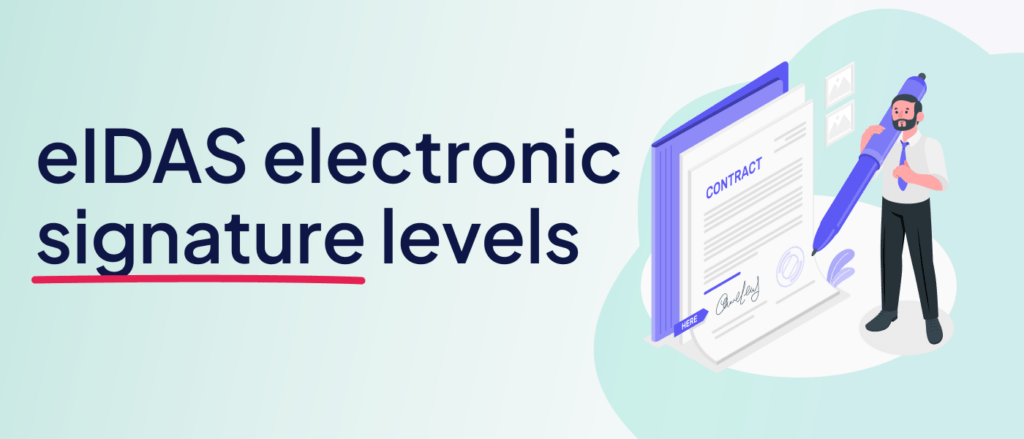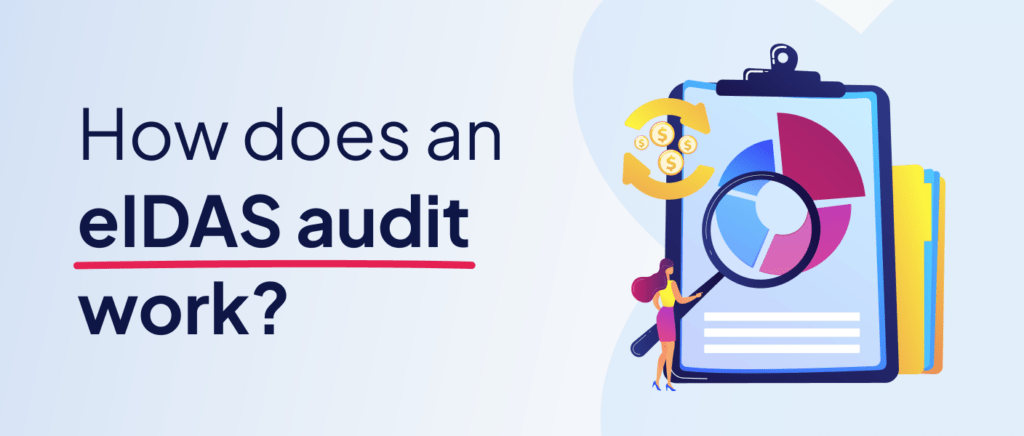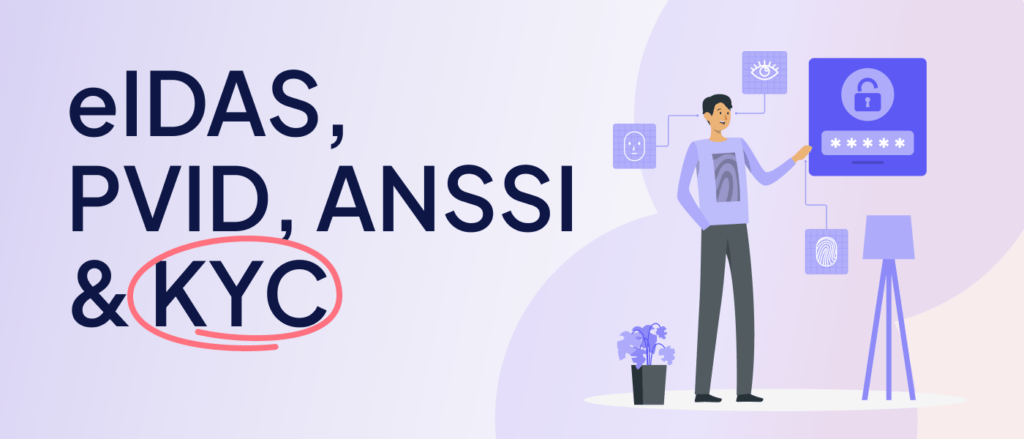An Easy Guide to Understanding the different eIDAS electronic signature levels

All you need to know about the different levels of eIDAS electronic signatures, understanding the implications and their potential impacts.
EBA Guidelines: how Quicksign can help you comply with the EBA guidelines

The European Banking Authority (EBA) guidelines are a critical set of standards to ensure a safe and efficient banking sector across Europe.
EU: differences between Regulations, Directives, Decisions and Guidelines

When it comes to European Union (EU) law, there are four primary types of binding legislation: Regulations, Directives, Decisions, and Guidelines.
What is a qualified certificate for electronic signatures in the EU? How is it applicable to financial services?

Qualified Certificate electronic signatures. The introduction of the eIDAS regulation has had a significant impact on business …
How does an eIDAS audit work?

eIDAS regulation has become a cornerstone in the European Union’s (EU) digital landscape, providing a framework for digital identification and trust services.
Use-case signatures vs. country + specificity of financial services

In the digital world, the process of signing documents is no longer as straightforward as picking up a pen.
Roles of Certification Authority (CA), Registration Authority (RA) and Delegate Registration Authority (DRA)

In the world of e-Identity and trust services, three entities often come to the fore: the Certification Authority (CA), Registration Authority (RA), and Delegate Registration Authority (DRA).
What is the difference between legal and operational archiving?

In the context of archiving for financial services, there are two main categories to consider: legal archiving and operational archiving.
What is the difference between eIDAS, PVID ANSSI and KYC ?

Navigating the world of digital identity verification can often feel like a labyrinth of acronyms and regulations.
Electronic Signatures and financial services… what is the impact?

In the era of digital transformation, traditional ways of executing business transactions are becoming obsolete.